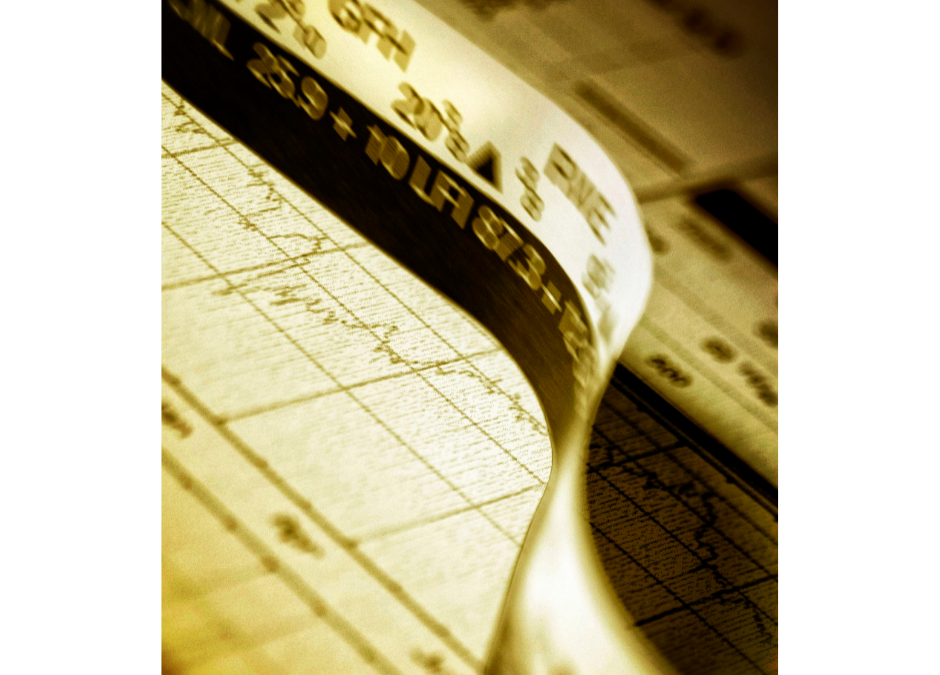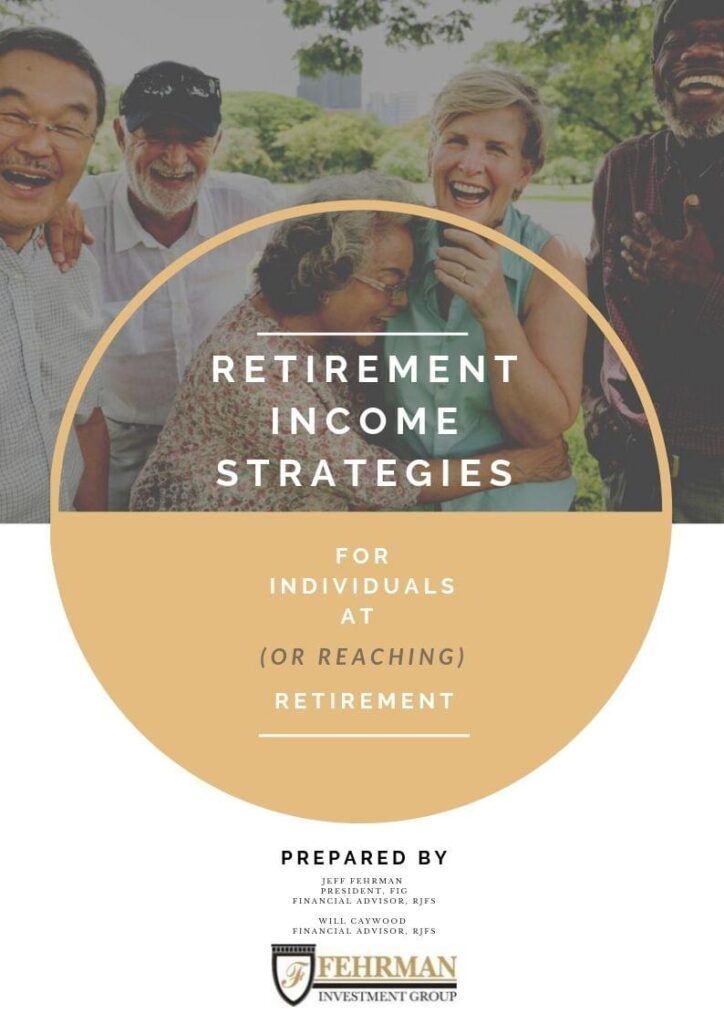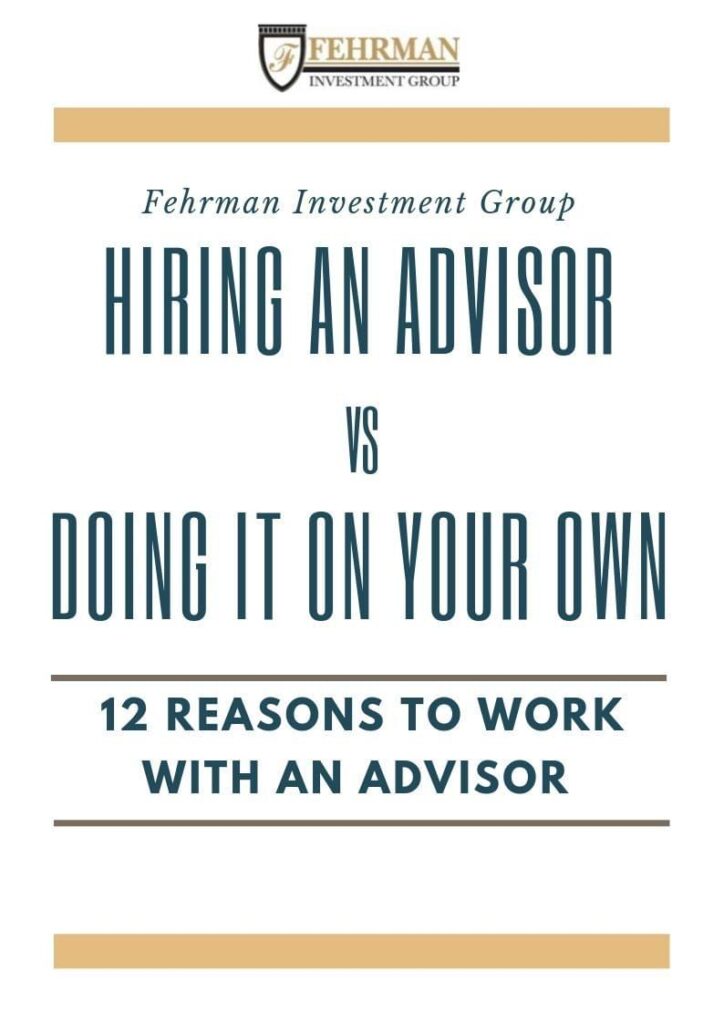The Federal Reserve & The Economy
- The main cause for the Fed raising rates is the high rate of inflation (8.31% 2022 vs. 4.68% in 2021).
- Current Federal Funds rate: 3.25% vs. 0.25% in 2021
This level has moved into a restrictive phase where the economy usually tends to contract. However, the economy is still strong but softening.
It takes around 6-9 months to realize the full impact of rate hikes so only the first two rate hikes are really felt right now.
- The Fed is looking for four things in order to slow rate hikes:
Declining economic growth: We have already seen this with two quarters of negative GDP.
Positive Real Rates: This is still in progress.
Declining Inflation: Inflation has come down some but not enough yet for the Fed to stop increasing rates.
Slowing Labor Demand: There are already less openings this month (10 million) versus last month (11 million).
- If rates are increased to 4.0% or 4.5%, the probability of a mild recession in 2023 is 70-75%. Based on forecasts, this could be the third smallest recession over the last 100 years.
- As we discussed, the Fed will continue to raise rates, but there is some optimism for rates over the next 12 months:
Slowing economic growth is already happening.
Inflation is starting to go down.
Rates could start to abate late next year. Raymond James 2023 year-end target for the 10-year Treasury yield is 3%.
We are closer to the end of rate increases.
- 3 Reasons for a mild recession:
Labor supply is a challenge. Employers will be less likely to layoff workers as they are still trying to fill existing positions.
There are few excesses in the economy. There is not a housing bubble or high technology valuations, and the banking system is healthy.
Consumer’s balance sheets remain healthy as they have ~$1.7 trillion in excess savings. In addition, the possibility of a recession has been heavily discussed in media, which tends to lead businesses and consumers to adjust their spending earlier and more gradually. In this case, there is not as severe of a decrease in spending all at once.
- Some areas that could offer some downside risk in a recession are depressed consumer confidence, a weak housing market, and increased energy/electricity prices.
Fixed Income
- This year, fixed income has not been the defensive asset class that it has been in the past.
This is the worst start to a year since 1975.
A 60/40 mix, which is typical of retirees, has seen returns on stocks of -25% and -16% on bonds. As a comparison, the 2008 recession saw bond returns of -2%, and the tech bubble saw bond returns of -0.2%.
- High Inflation and rising rates are causing the high stock/bond correlation.
- The 10-Year Treasury rates is almost 4%, which is the highest since 2010. This is the largest one-year increase since 1994.
- Not long ago, global debt was almost $18 trillion of negative debt. However, now there is only $2 Trillion, which is mostly in Japan. We are likely closer to the peak of rates than the bottom.
- The biggest changes have been seen in the 2-year Treasury. Its yield has increased increase 4% in the last 12 months.
- The municipal bond yield curve has also seen increases of more than 2%.
- Opportunities:
Higher quality bonds and stocks have fared the best this year.
Municipal bonds have faced one of their largest drawdowns in history. However, this presents a buying opportunity as their average recovery is 12%.
- Concerns:
High Yield/Junk Bonds: These tend to underperform historically during a recession and yield inversion.
Midterm Elections
- The House
78% chance Republicans win: There are 435 open seats. Of that, 213 are very likely to go to Republicans. Republicans would only need 5 of the 32 toss up races to gain a majority.
- The Senate
46% chance Republicans win: There are only 35 seats up for election. Georgia will be a key race in determine the majority.
- Prediction: Headed to gridlock
Less chance of tax increase or policy shifts
Elevated risk of shutdown
Common ground: increased scrutiny on the technology sector and increased pressure on China and Russia
Equity Markets
- As we’ve discussed throughout the year, this has been an historically difficult year in the stock market:
- The percentage of down days for the S&P 500 in 2022 is 57%, the highest ever besides 1974.
- The percentage of down days of at least 1% is 26.7% which means that on average more than once per week, we have been down 1% day.
- The US Bond index is down 15.2% YTD through 10/11. This is more than 5x worse than the previous worst year since the 1970s which was down 2.9% in 1994.
- Less than 15% of S&P 500 companies are positive YTD. ~35% of them are down over 30% YTD.
- Reasons for optimism:
Corporate America remains in very good financial standing:
- The level of cash is at a near record on company’s balance sheets.
- Companies who are buying back shares of their company’s stock remain at high levels, and dividend growth remains positive.
- Earnings reports for the most recent quarter start later this month, and we feel that we could get some upside surprises like we did in the most recent earnings season in July.
12 months after the last 19 midterm elections, the market was up 19 out of 19 times and was up an average of 14%.
- Investor Sentiment:
When investors have an overly pessimistic or bearish outlook, it has historically led to good performance in future months/years. A common saying in finance is that bull markets are born on pessimism, grown on skepticism, mature on optimism, and die on euphoria. The fact that everyone is pessimistic may point to a brighter future for the markets and economy.
- Favored sectors:
Financials: We believe financials will do well as interest rates continue to rise which result in higher profit margins for banks.
Healthcare: There is still a huge backlog of healthcare services that were delayed over the past 2.5 years. That should be a positive for this industry and help with earnings growth for a while.
Energy: These companies still have strong yields, and a modest uptick in the price of energy over the next 12 months should help them.
- Despite the challenges the U.S. markets and economy face, we continue to favor the U.S. markets over international markets:
Energy prices and prices in general are higher in Europe. For example, Germany’s inflation rate is 46%.
The U.S. consumer has a higher average income ($52,000) compared to many European countries (ex: Italy’s average income = $25,000). Because of this, the U.S. consumer can withstand higher prices for longer than the average European consumer.
The U.S. tends to have stronger companies. For example, the market capitalization of the 11 largest companies in the U.S. is $10.14 trillion. Outside of the U.S., the market cap of the 11 largest companies is $2.15 trillion. U.S. companies also tend to be more profitable and have higher earnings growth.
Historically, the U.S. has also bounced back quicker, and the Fed has more flexibility than most of the rest of the world. The U.S. also does not have as much reliance on foreign energy as many of the European countries do.
- Market Timing
While it’s human nature to try to invest at the bottom and sell at the top, it’s virtually impossible to do. For example, a study of hypothetically adding to the market in 3 different ways was as follows:
- First, add $100 on the first of each month throughout the year
- Second, add $1200 at the peak or high point of the year
- Third, add $1200 at the low point of the year
- A total of $92,400 would have been added, and in all 3 scenarios, you’d end up with over $4.2 million in 2022.
- Conclusion: This shows the power of compound interest and the importance of consistently adding to your accounts if you can. It also shows that we shouldn’t stress about trying to time the market since the worst possible entry points resulted in an ending value of $4.2 million while the best possible entry points would have been $4.7 million
- We are hopeful for a calmer end to the year where we can regain some of the losses, we’ve seen so far this year.
Any opinions are those of Will Caywood, Katie Edmonds and Jeff Fehrman and not necessarily those of Raymond James. Expressions of opinion are as of this date and are subject to change without notice. The information has been obtained from sources considered to be reliable, but we do not guarantee that the foregoing material is accurate or complete. The information contained here does not purport to be a complete description of the securities, markets, or developments referred to in this material. Any information is not a complete summary or statement of all available data necessary for making an investment decision and does not constitute a recommendation. Past performance may not be indicative of future results. Future investment performance cannot be guaranteed, investment yields will fluctuate with market conditions. Investing involves risk and you may incur a profit or loss regardless of strategy selected. The S&P 500 is an unmanaged index of 500 widely held stocks that is generally considered representative of the U.S. stock market. Keep in mind that individuals cannot invest directly in any index, and index performance does not include transaction costs or other fees, which will affect actual investment performance. Individual investor’s results will vary. Prior to making an investment decision, please consult with your financial advisor about your individual situation.





